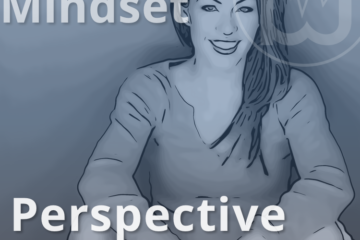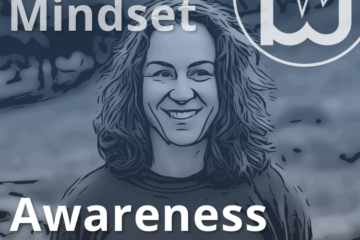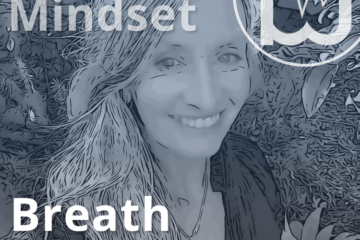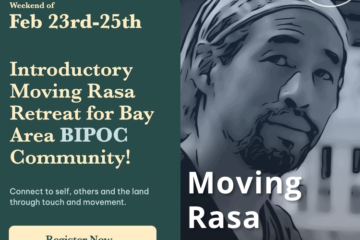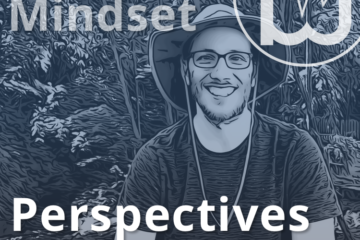Episodes
Perspective with Jamie Holmes
Jamie Holmes joins Craig to discuss life’s admin tasks, her journey through holistic healing from melanoma, and insights into the world of circus arts and personal fitness showcasing her multifaceted life and philosophies. I think Read more…
